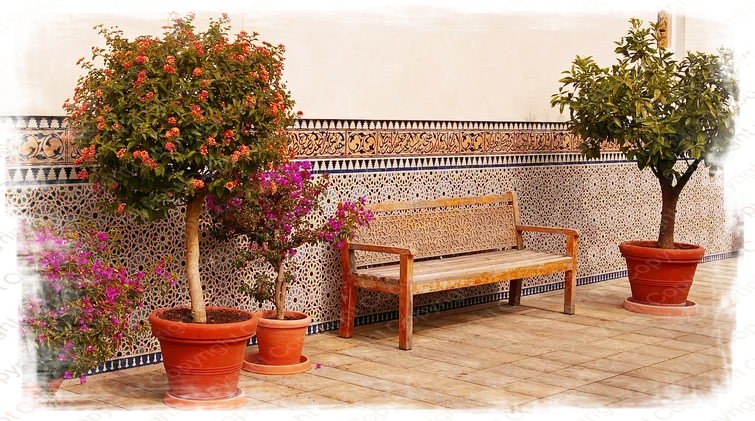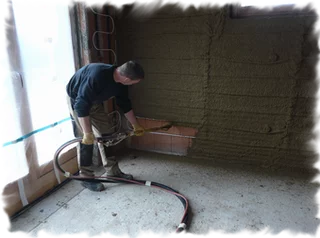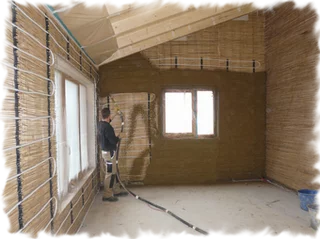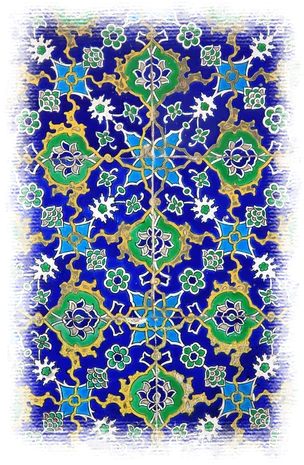- Englishen
- Deutschde
Start
Welcome to the Stiftong Lehm e.V. website.
Clay as an alternative building material and Tadelakt are to be reintroduced to society through the construction or conversion of various buildings in different climate zones in Europe and worldwide. Strictly speaking, we want to scientifically confirm that clay prevents mold, that clay improves the indoor climate, which is particularly good for asthmatics and allergy sufferers, that clay cools down rooms in summer and warms the room for a long time in winter with little heating power because it stores the heat and thus saves enormous amounts of energy. We want to scientifically prove the difference and efficiency of clay through studies.
Clay is also a natural material and can be recycled later as external thermal insulation, which is not possible with existing thermal insulation composites. They are hazardous waste because they have to be glued together and cannot be separated from each other later. The clay insulation panels that are still to be developed, mixed with various aggregates such as travertine and/or pozzolana, can be bonded together using moist clay as a natural adhesive. The fact that clay is not flammable is another factor that should not be underestimated in future thermal insulation. Likewise, clay is a natural sound insulator that can be used to develop flexible, portable soundproof walls for interiors. This is precisely the focus of the Stiftong Lehm e.V. association: research into the building materials clay and tadelakt in combination with various aggregates, such as travertine and/or pozzolana. Furthermore, the science of how clay reacts to the application of fayance, azulejos, mosaic stones and/or terrazzo. The knowledge gained from this will be documented by the Stiftong Lehm e.V. association and then made available to the public via TV, radio, the Internet and the print media.
The photos were kindly made available to us by the company: LevitaLehm (https://lehm.com).



